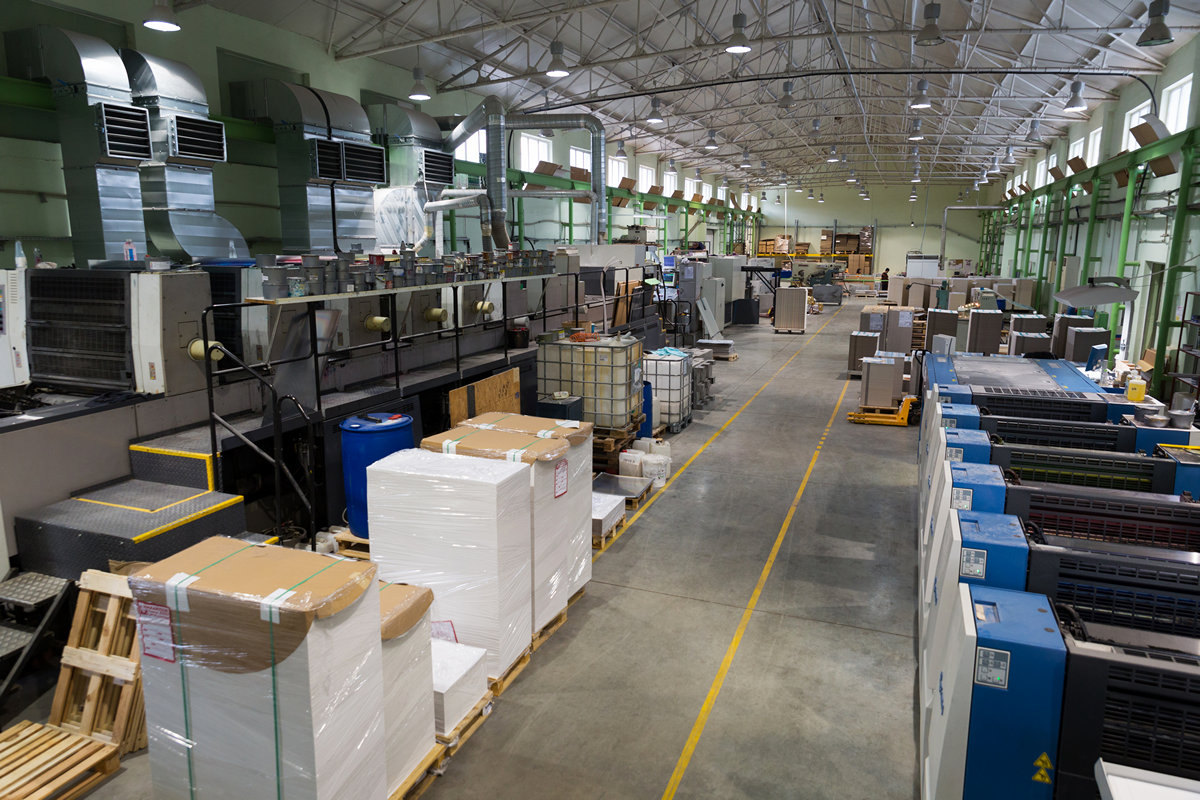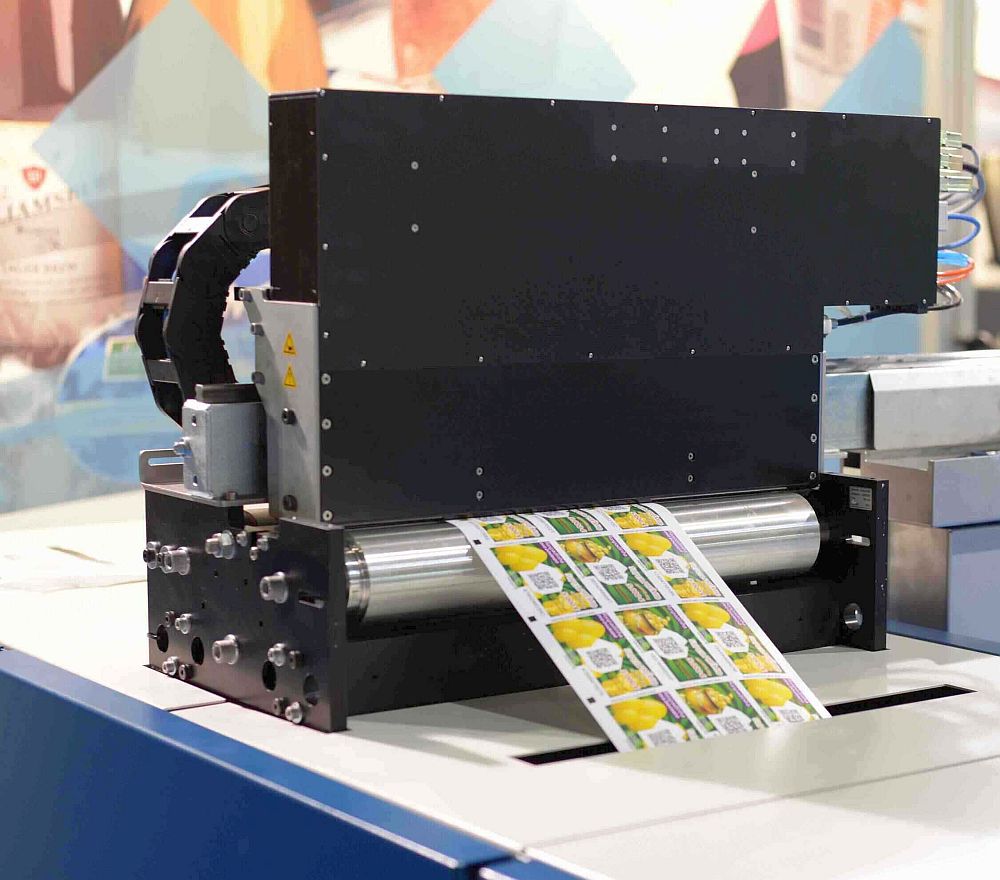In today’s fast-paced and interconnected world, ensuring the authenticity and security of printed materials is more crucial than ever. The rise of counterfeit goods and fraudulent activities has prompted industries to seek advanced solutions. One such groundbreaking advancement is biometric integration in security printing. This innovative technology not only enhances the authenticity of printed materials but also offers a robust solution against counterfeiting.

Understanding Biometric Integration
Biometric integration involves the use of biological data, such as fingerprints, facial recognition, or iris scans, in securing printed materials. By embedding these unique identifiers into documents or products, businesses can ensure that each item is genuine and traceable.
The Importance of Security Printing
Security printing is a specialized field that focuses on producing documents or products that are difficult to forge. This includes passports, banknotes, and product labels. As counterfeiters become more sophisticated, the need for advanced security measures like biometrics becomes evident.
How Biometric Technology Enhances Security
Reducing Fraudulent Activities
By incorporating biometrics into security printing, companies can significantly reduce the risk of fraud. The unique nature of biometric data makes it extremely difficult for counterfeiters to replicate.
Improving Product Traceability
Biometric integration enables better traceability of products, allowing businesses to track the origin and distribution of their goods. This is especially beneficial in industries prone to counterfeiting, such as pharmaceuticals and luxury goods.
Applications of Biometric Integration
Pharmaceutical Industry
In the pharmaceutical industry, ensuring the authenticity of medications is vital. By using biometric integration in pharmaceutical serialization, companies can ensure that their products are genuine and safe for consumers.
Automotive Sector
The automotive sector also benefits from biometric integration by preventing the distribution of counterfeit parts. Learn more about how this technology is applied in the anti-counterfeit printing for auto parts.
Financial Documents
Financial documents, such as banknotes and checks, are key targets for counterfeiters. Incorporating biometric data into these documents enhances their security and reduces the risk of fraud.
Challenges in Implementing Biometric Integration
While the benefits are clear, there are challenges in implementing biometric integration in security printing. These include the cost of technology, privacy concerns, and the need for global standards.
Cost Considerations
Implementing biometric technology can be expensive, especially for small businesses. However, the long-term benefits often outweigh the initial costs.
Privacy Concerns
As with any technology that uses personal data, privacy concerns are paramount. Companies must ensure that biometric data is stored securely and used ethically.
Need for Global Standards
To maximize the benefits of biometric integration, global standards must be established. This ensures consistency and security across different industries and regions.
The Future of Biometric Integration
The future of security printing lies in advanced technologies like biometrics. As technology continues to evolve, we can expect more innovative solutions to emerge, further enhancing the security of printed materials.
Collaboration Across Industries
For biometric integration to succeed, collaboration across industries is essential. By sharing knowledge and resources, businesses can develop more robust security solutions.
Embracing Innovation
As industries embrace innovation, the role of biometric integration in security printing will continue to grow. This not only protects businesses but also enhances consumer trust.
Conclusion
In conclusion, biometric integration in security printing represents a significant advancement in the fight against counterfeiting. By leveraging unique biological identifiers, businesses can ensure the authenticity and security of their products. As we move forward, the adoption of biometric technology will undoubtedly play a crucial role in securing our world.

FAQ Section
What is biometric integration in security printing?
Biometric integration involves embedding biological data, such as fingerprints or facial recognition, into printed materials to enhance their security.
Why is biometric integration important?
It is important because it provides a robust solution against counterfeiting and ensures the authenticity of printed materials.
What are the challenges of implementing biometric integration?
Challenges include the cost of technology, privacy concerns, and the need for establishing global standards.
For more information on anti-counterfeit technologies, you can visit Rotech Machines.
This article contains affiliate links. We may earn a commission at no extra cost to you.







